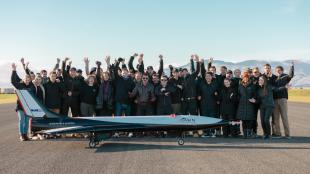Joining a Global Fight: Students, Faculty Work To Find Ebola, Anthrax Treatment
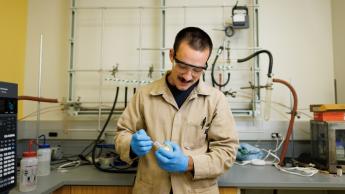
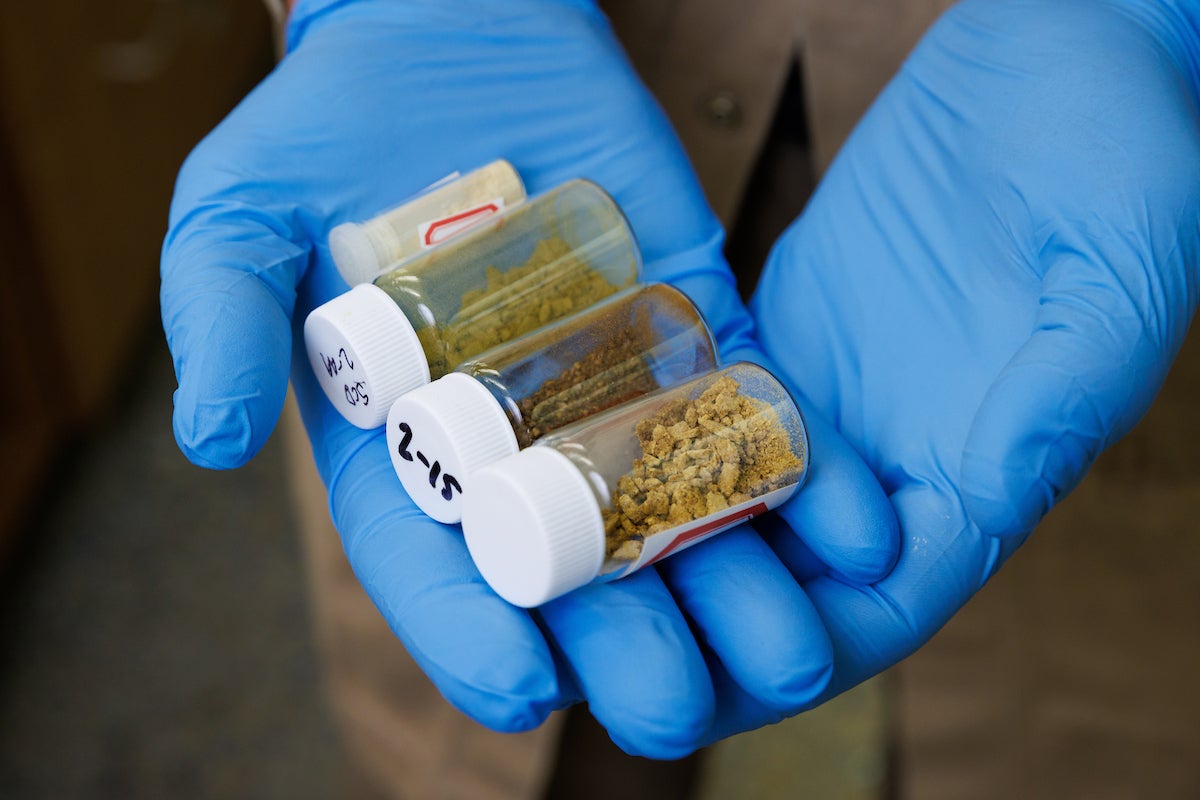
Ebola, a deadly infectious disease that made its way to the U.S. in 2014, kills thousands in West Africa every year. Having a cheap and potentially cost-effective way to treat the virus could make a global difference.
And in a chemistry lab in the Warren J. Baker Center for Science and Mathematics, fourth-year chemistry student Sal Deguara works on modifying compounds that could one day be used in the global fight against both Ebola and anthrax as part of a summer undergraduate research project.
The compounds Deguara and his professor, Scott Eagon, are working on are based on an already-existing anti-malarial drug called amodiaquine, which is on the World Health Organization’s Model List of Essential Medicines.
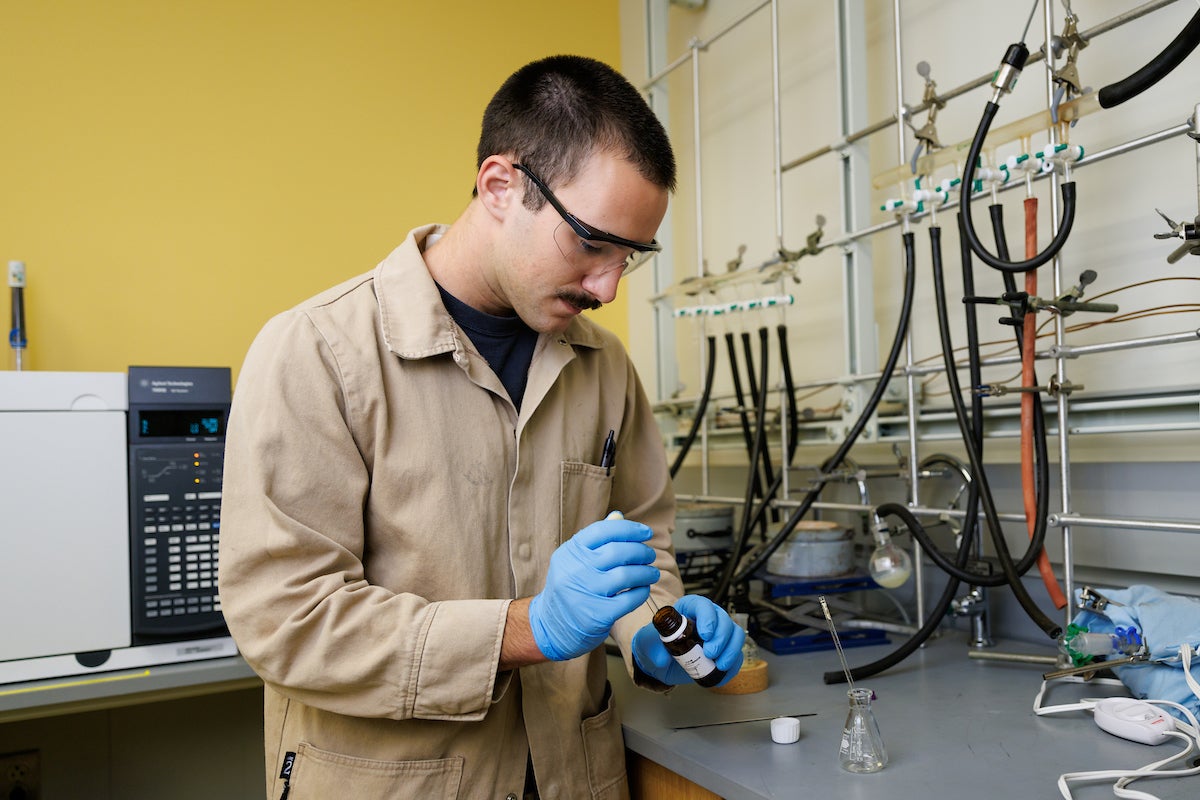
The work started when Mikhail Shilman, a scientist now at the U.S. Department of Agriculture, found that amodiaquine showed promising protection against infection by not only the Ebola virus but also anthrax, an infectious disease that is rare in the U.S. but common in agricultural regions of areas including Central and South America, sub-Saharan Africa and central and southwestern Asia.
“My lab had worked in making antimalarials, and Dr. Shilman reached out to see if we’d work with him to further develop this older antimalarial to fight infection by Ebola and anthrax,” Eagon said. “I thought it was a great idea.”
Eagon’s lab uses the concept of selective optimization of side activities (SOSA), which means they start with a drug that has already been approved for clinical use and make slight variations. Once between 12-24 of these derivatives of the older medicine have been made, they will be sent out to be tested at a facility that can safely handle the Ebola virus, with the hope that these new drugs will stop or slow infection.
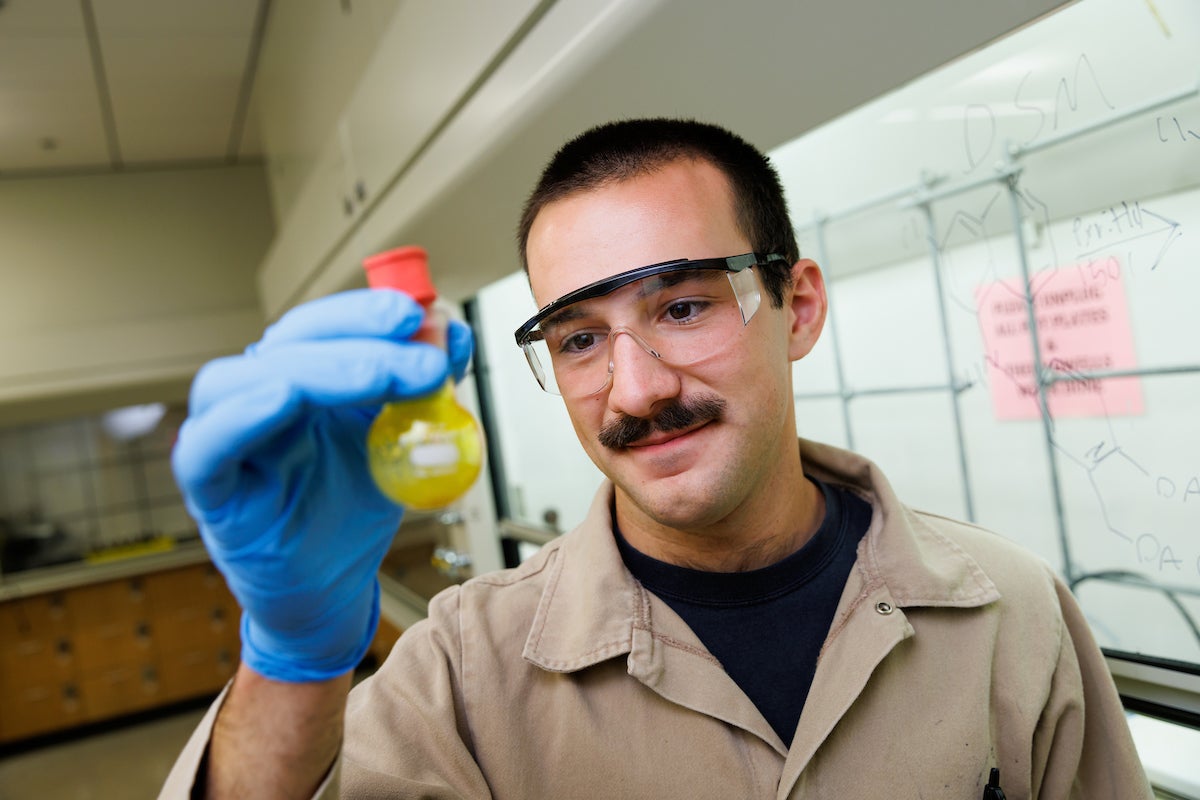
The project has been ongoing for a few years, and Deguara, a Frost scholar, is the latest student to be involved. Each of the students in Eagon’s lab has contributed to creating and isolating these new compounds, with about half a dozen compounds completed to date.
One compound Deguara worked on took a whole week to produce by a single reaction, and it “was the most boring thing ever.”
But being able to figure out the process, and succeed in finally isolating the desired compound, was a victory in itself — and the result was worth the effort.
“All of the molecules made by my students have never been made before,” Eagon said. “Sal is the first human to make the compounds he’s making. That’s the cool part.”
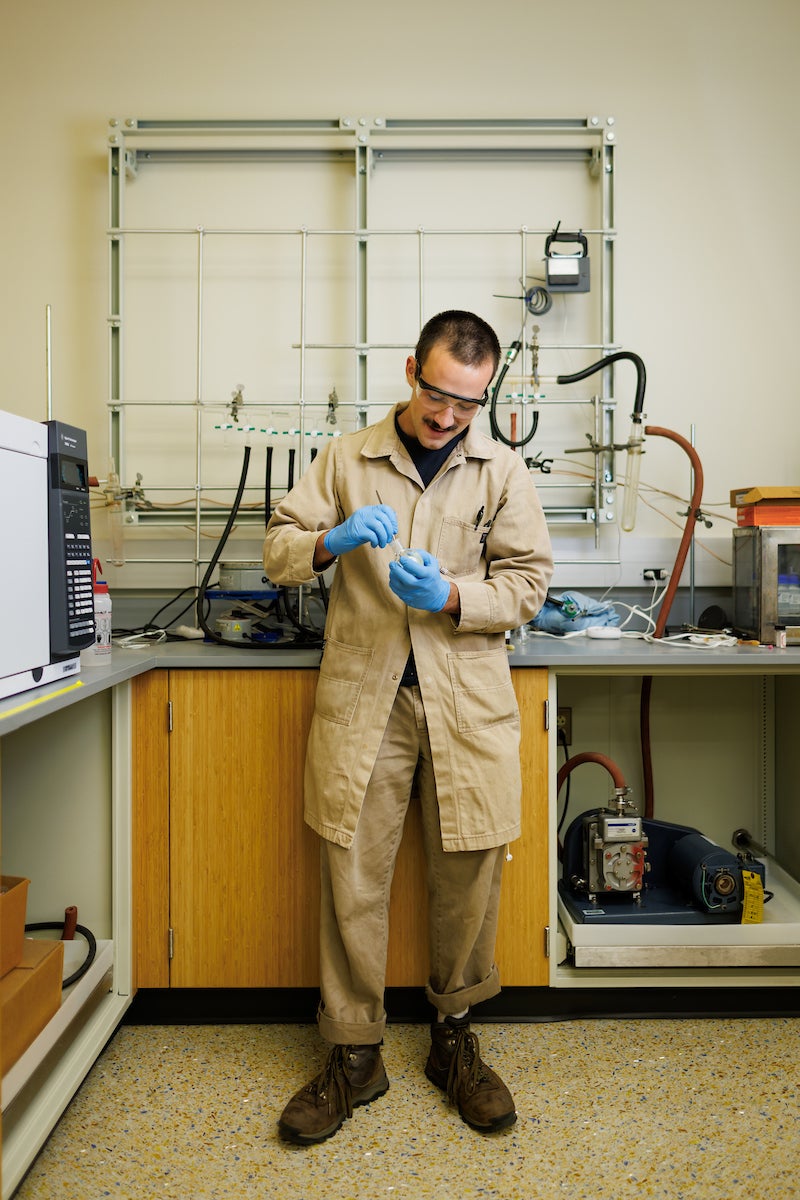
Deguara has worked in Eagon’s lab since his sophomore year of college. He originally wanted to study mathematics, but fell in love with chemistry.
“Working in this lab let me put into practice what I learned in class,” Deguara said. “It gave me an idea of what I like to conduct research in, and gave me a deeper understanding of the work.”
Deguara says the work can be difficult, but that’s what makes it rewarding.
“There’s a difference between literature and actuality,” he said. “This is an iterative process of trying to figure out how to improve upon what’s already been done.”
The collaborative nature of this project gives Eagon and Deguara a sense of community with researchers around the world — all working to tackle a global challenge from different angles.
“By collaborating with researchers around the world committed to fighting the Ebola virus, the hope is that someone finds the needle in the haystack that eventually becomes the medicine,” Eagon said of these types of efforts. “I just want to plug students into that. Sal is part of a worldwide effort, and I take great joy in having students join the scientific process to fight disease.”
Want more Learn by Doing stories in your life? Sign up for our monthly newsletter, the Cal Poly News Recap!

